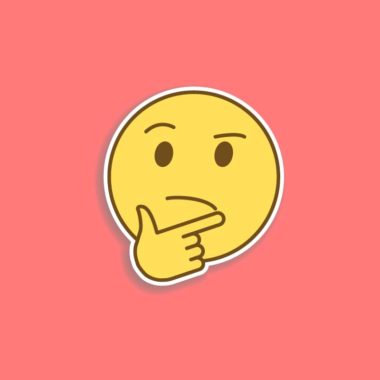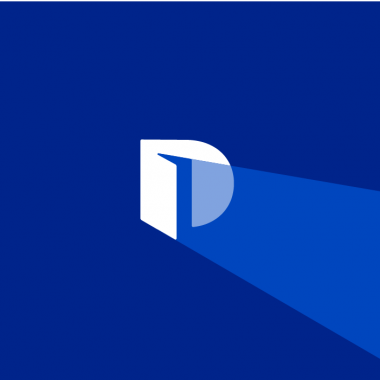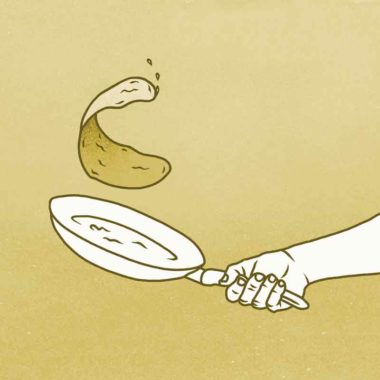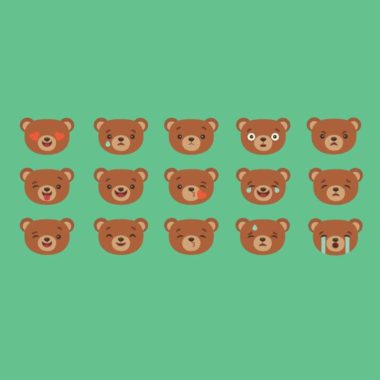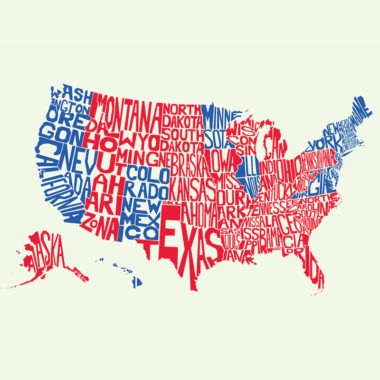How Do I Use Emoji In Education?
Some young people may find it hard to believe, but there was once a world without emoji (the plural can be either emoji or emojis—take your pick). These bright, little, expressive images didn’t come into existence until 1999, when the first ones were created by Japanese artist Shigetaka Kurita. Today, there are more than 3,000 emoji … and counting. They add a pop of personality to …
